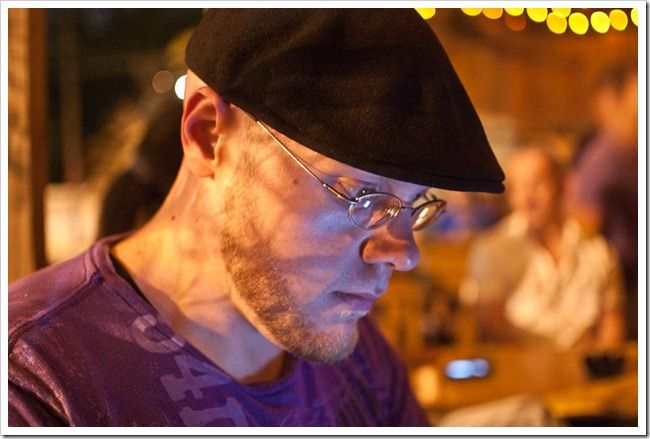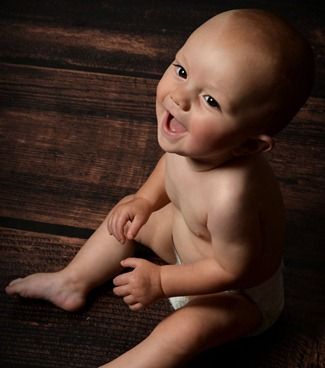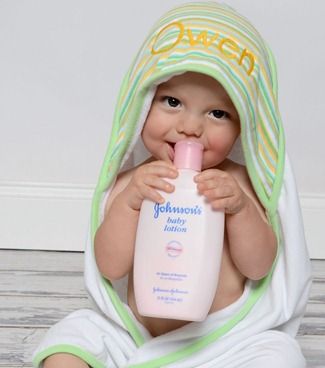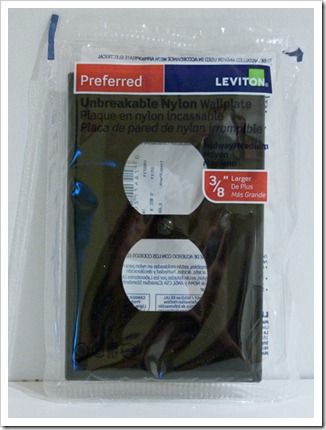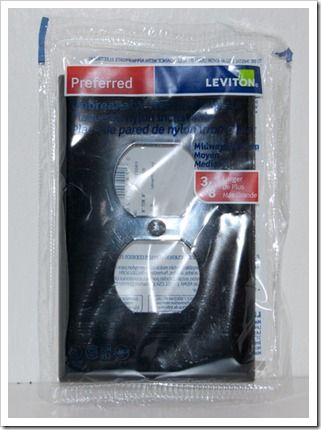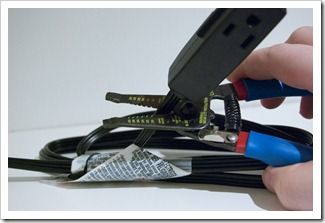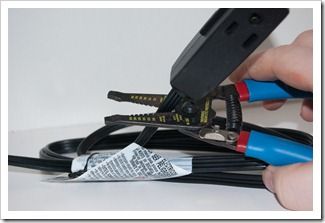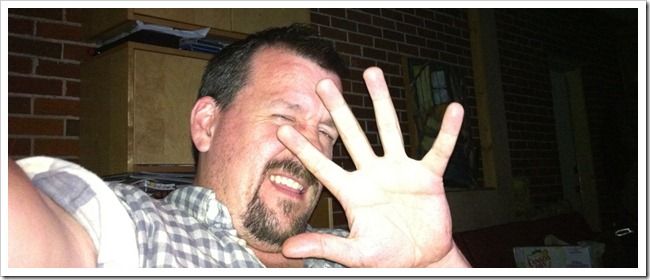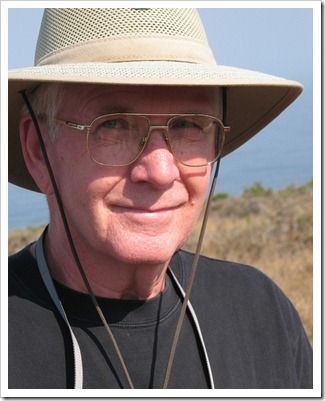Quick Links
Flashes are so convenient that flash photography is practically the norm. But have you stopped to think about what that flash is doing, or whether you need to use it at all?
Built in and mount flashes can allow you to take pictures in low light environments you might not be able to use otherwise, and can change your shot, both for better or worse. Take a look through several different types of photography, and join the discussion with your own experience on when a flash is helpful, and when it can ruin a shot.
Reacting to Light Vs. Controlling It
Photography is all about light and how you choose to react to it, capture it, and control it. Before you take your photos, you’ll want to have some idea what sort of photograph you want to create. In the photograph above (by the author) the settings were manually changed to react and capture as much of the colors, subtle tones, and changes in light as possible in a dark environment. Because shooting with a flash changes the color temperature, light sources, highlights, and shadows, creating an portrait like this one would be impossible with a flash.
However, flashes (and other methods of controlling lighting) certainly have a place in photography. Portraiture, such as these shots by child portrait photographer Amy Douglas, control light two separate ways. The left image uses a lower light environment lit with a studio light to create strong shadows, while controlling highlights and skin tones to create a soft image with dramatic contrast. It’s a good example of a photographer controlling the light in order to create a strong image.
The image on the right is a good, subtle example of a flash. After a conversation with Amy, she discussed her love of using flashes to create smooth, even skin tones—a very different approach to your author’s attempt to capture the dramatic lights and shadows in the photograph above. When comparing the author’s photo and Amy’s, the cameras and lenses used were fairly similar, yet the result could not be more different.
What To Expect: Comparing Shots With and Without a Flash
The left side image does not use a flash, while the right image does. They have both been edited slightly in an attempt to show some of the less obvious differences in flashing and not flashing. The flashed image, for example, feels more polarized, with darker tones and some loss of detail, while the left image is more even, and is reacting entirely to the situational lighting. A flash will react and give strong, shiny highlights on some materials, like glass, or the plastic material shown above. If you find yourself taking pictures through windows, you’ll likely find that most of your flash gets reflected, ruining your shot.
Sometimes using a flash is simply a stylistic choice. Both of these images have been edited—the left does not use a flash, and the right one does. Notice how the shadows move around, as using a flash changes the light by adding an overpowering light source. The heavy shadows cast underneath the hand and cord are softened and moved in the flash shot, and the skin tones have also changed. For the better? It’s hard to say in this situation (Author’s note: although IMHO the flash shot is superior), but the built in flash gives the photographer more options to control light. Even if you’re more of a point-and-shoot, automatic setting only style photographer, it’s never a bad idea to bracket your shots by shooting the same subject with and without the flash.
Proper Flash Use, and The “Fill-In Flash” Technique
Many of us use a flash in those low light environments or night shots—we want to capture pics of our friends in a bar, or the inside of a dimly lit room. In these situations, controlling light is impossible, and slow shutter speeds can make all of your pics blurry. Sometimes there’s no avoiding it—you more or less have to use a flash, and you’re going to get the “flash photography” look. Here’s some things to watch out for when shooting with a flash.
- Flashes create strong highlights and can white out large areas of your photo.
- Expect color/temperature shift when photographing with flashes. Flashes use close to neutral white light, and have their own white balance settings.
- Flashes can flatten values, even out skin tones, and change shadows. This can be either good or bad!
- Expect very strong highlights on reflective materials like glass.
- The effective range of a flash is only a few feet, and can create dark backgrounds. (The above image is a good example of this.)
- Red eye, red eye, red eye! Flashes also can create unnatural white highlights in eyes, as well.
- Flashes can also create shadows where you don’t expect.
- Artful use of flashes and/or lamps can create photos with even skin tones that emphasize the subject, rather than light.
Regardless of the shortcomings of flashes, they remain a very important tool in the portrait photographer’s toolkit. The Fill-In Flash technique can be a great way to improve outdoor portraits like the image above. Here’s (roughly) how to get the job done.
- Shoot a portrait outdoors with settings to properly expose the background.
- Manually open the flash (usually with a button marked with a lightning bolt), keeping the same settings. Depending on your camera, automatic settings may change the exposure to react to the flash.
- Shoot the portrait, using the flash to cast light onto your foreground subject.
- With some experimenting, you should be able to get a good exposure of both your foreground and background.
After all that, when should you actually use a flash? Again, it all comes down to the kind of photo you want to take. If the horrors of flash photography don’t scare you, or your subject is more important than the artsy-fartsy merit of your photograph, you should have no qualms with blinding your friends with your camera flash. Keep in mind that it is more appropriate in some situations than others, and that sometimes it can create a great image, and other times it can ruin a very good one.
What are your thoughts on flash photography? Share them with us in the comments, or send them to ericgoodnight@howtogeek.com.
Image Credits: Flash Flash by Deana, available under Creative Commons. Brad, Copyright by the author Eric Z Goodnight. Photos of Owen, copyright Amy Douglas photography. 40+281 Flash by BarkBud, available under Creative Commons. Fill Flash Experiment by Mike Baird, available under Creative Commons. Other images by the author, hereby released under Creative Commons.


